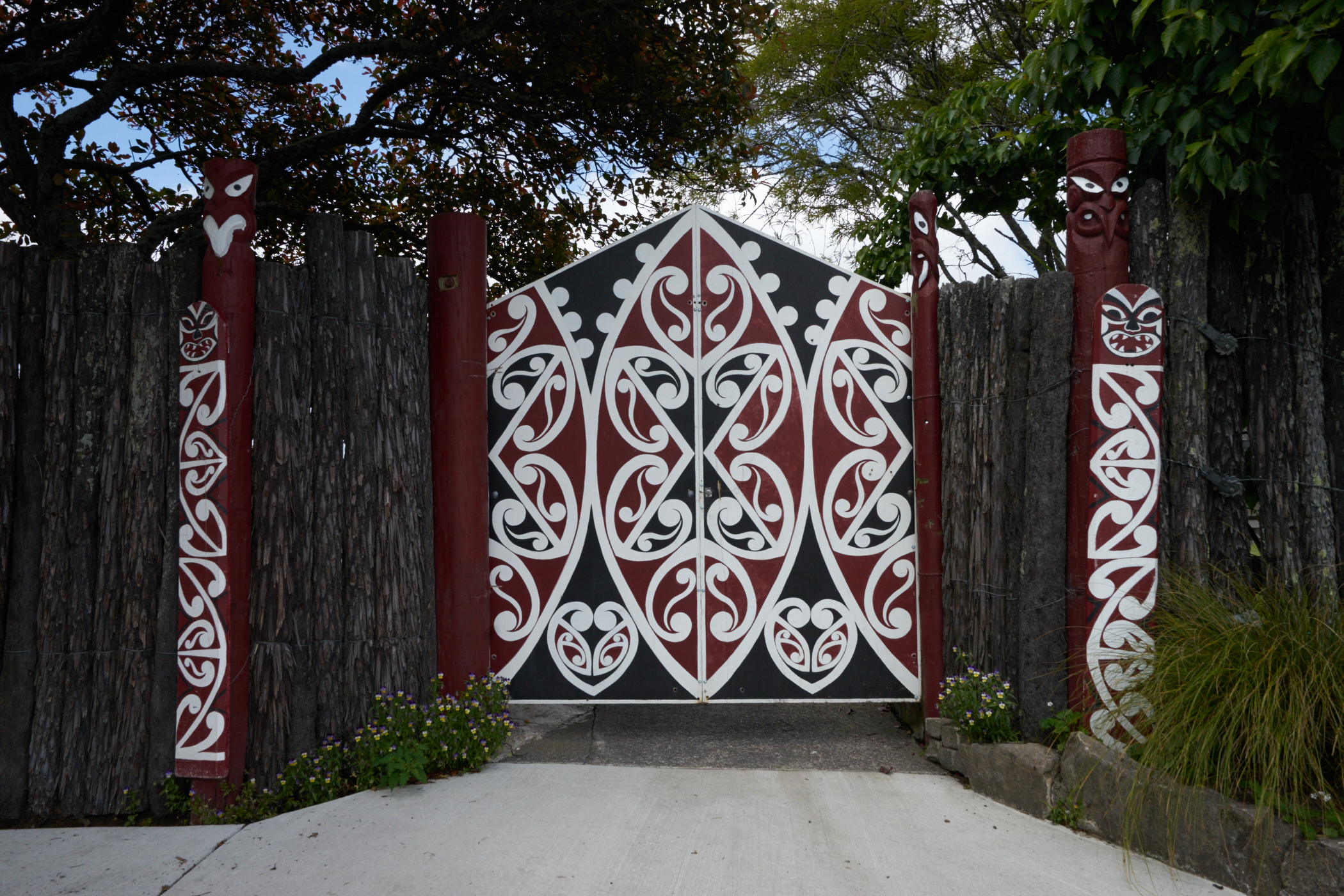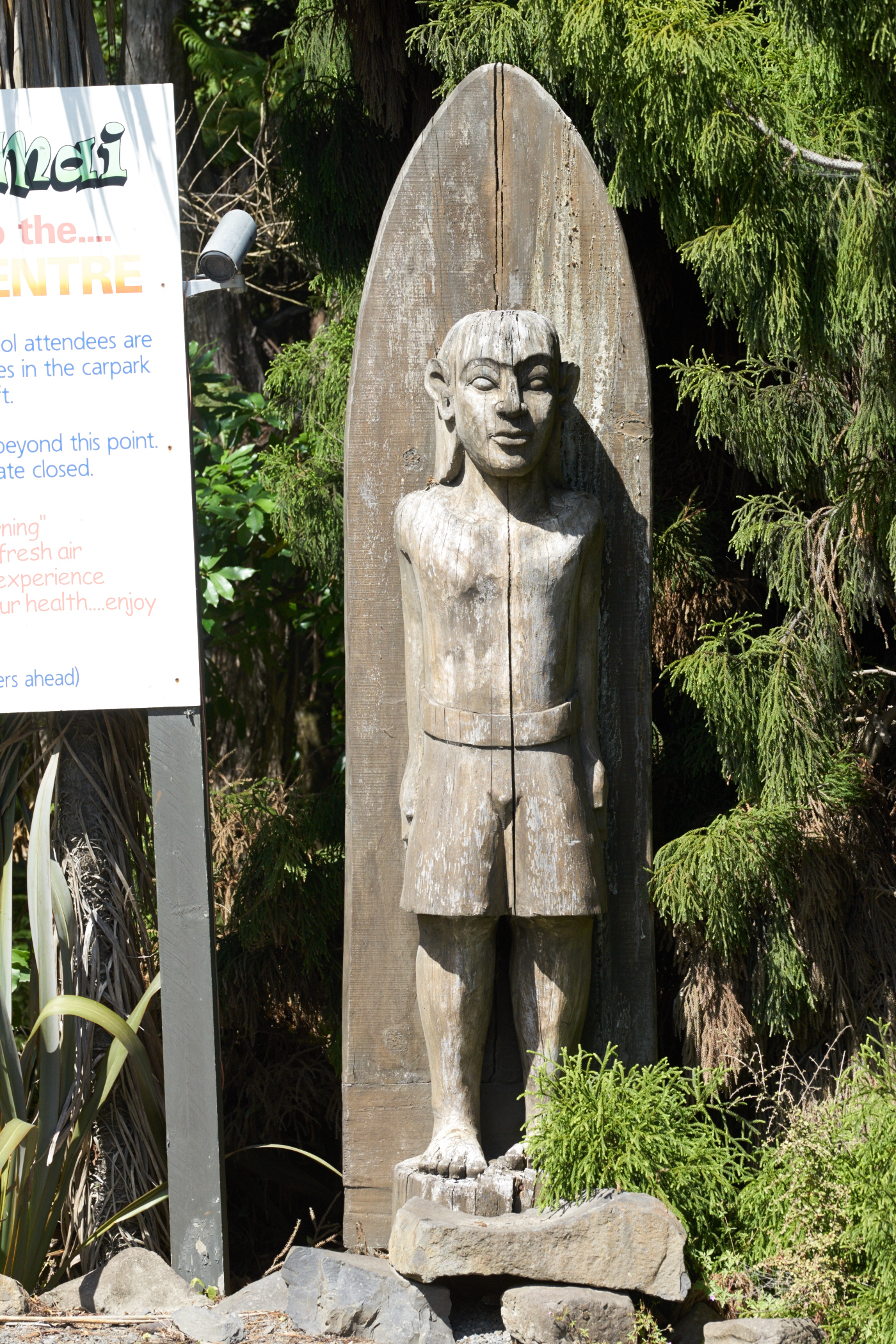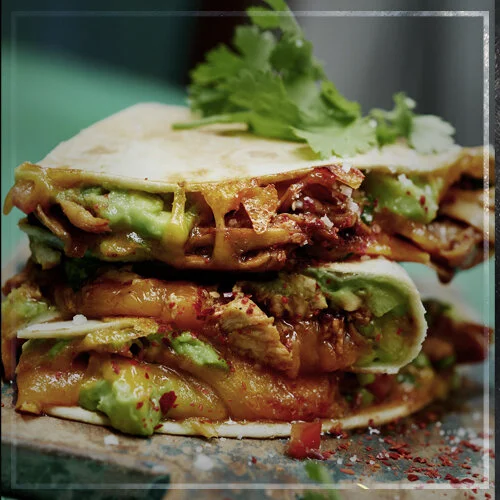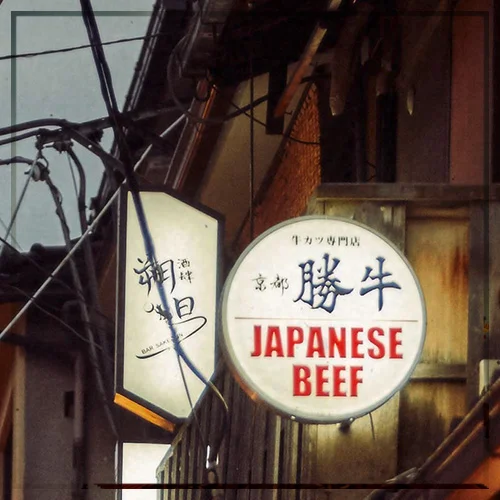New Zealand: Whitebait
"If it weren't so terribly far away, I would be here more often."
Then again, that's the special attraction of this island. A 18,363.21 km beeline from Berlin to Wellington. Yes, it is really far away.
Our journey begins in the sparsely populated south, driving even further south and staying in the Milford Sounds. The Milford Sounds are in the south-east of the South Island and are characterised by excessive rainfall, moss, fern, fog, and immense amounts of water, thundering down waterfalls and finding its way to the sea. And of course native birds with their strange but beautiful songs.
SPEED HIKING - TYPICAL GERMAN?
At 120% humidity and a distance of 4 km to the lake, I decide to "just quickly" go there. But my camera held me back a hundred times on the way! First, the precisely laid out path reminds me of being in a tropical greenhouse. Well, no need to drive that far for that. Quickly the park-like scenery changes to wilderness, and the path is barely recognisable. I could stay here forever. But time is limited, for we have planned to go on to Queenstown. I have no other choice but to race the rest of the way, completing the 3-hour return trail in under an hour, and making it at least from a workout standpoint successful. To a local, this must be a rather bizarre challenge.
4000 ON AVERAGE FLAT
All around the south and the up to the north. Sometimes up, sometimes down, and generally not in a straight line. Brown grassland borders on pine forest, on meadows, on rock desserts. And all this underneath the "long white cloud", as the two islands are called in Maori (Aotearoa).
At the end we covered 4000 km and still felt like we wanted to see a lot more.
Down the road the Kiwi fish burger beckons.
Hot tip: the "CrayPot", a restaurant at the end of a 48 km long cul-de-sac. Housed in an old caravan, the restaurant is specialised in seafood. This includes "whitebait", juvenile fish of species like giant kokopu, shortjaw kokopu, banded kokopu, koaro, and inanga. They spend the first 6 months of their lives in the ocean and are regarded as a delicacy! Whitebaiting is regulated, and as a result of the demand, a kg can cost up to €80,-.
Glad that we made it just before closing time, we are not going to be put off by the state of things. It's not more than a crummy shack with buzzing flies, dried mayo blobs on the bottles and sticky tables. The eager chef takes our order, and we are curious about the specialities.
Well, the food wasn't one of them. But the view was great as well as the coffee! It came with a chocolate fish, filled with strawberry foam. Amusing and somewhat disgusting!
Still, the whitebait were worth it! We enjoyed them again later when we prepared them ourselves: in the traditional omelette. A subtle taste of fish, a bit like pollack, and no bones detectable. The German version would probably be the glass eel, which is a protected species. We certainly don't want to eat that, and sardines are a good alternative. Give it a try!
Ingredients:
2 eggs
1 heaped tsp flour
220g sardines
1/2 tsp salt
1 tsp rapeseed oil
1 tsp butter
Directions:
Whisk eggs in a bowl and mix flour, sardines and salt in. Heat oil and butter in a pan and fry omelette mixture from both sides. The traditional New Zealand recipe calls for juvenile fish, no more than 15-20 weeks old, but since those fish are protected in Europe, the Italian version with sardines has to do.
.





































